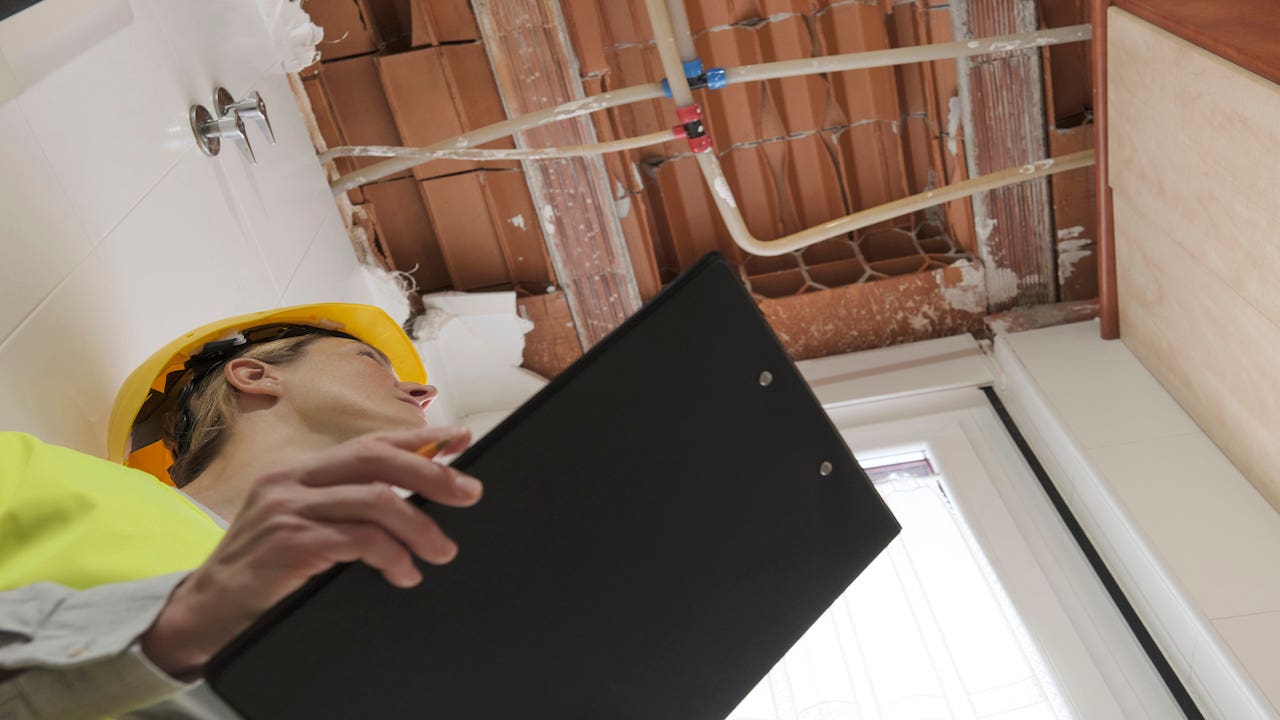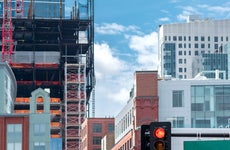What is a building code?

The Bankrate promise
At Bankrate we strive to help you make smarter financial decisions. While we adhere to strict , this post may contain references to products from our partners. Here's an explanation for .
A building code is a set of regulations written by city or county officials with the help of construction pros that governs the design, construction and modification of commercial buildings, homes and other structures in the jurisdiction. Violating these regulations can result in fines and/or penalties.
What is a building code?
The regulations that govern construction in a city or county are called building codes. Usually they fall under the jurisdiction of a municipality’s Department of Buildings. Other city departments may also have regulations that apply to construction, such as the Department of Transportation or the Department of Public Works. In Chicago, for example, the Department of Transportation has a manual that outlines the rules and regulations for construction of public transit systems.
Building codes apply to all sorts of real estate, both commercial and residential. Older buildings must be “brought up to code” — that is, updated to current standards. If they fail to be updated, a building inspector could deem them unfit to live or work in.
New buildings must be constructed using the most recent codes. In addition to fines, failure to meet code standards during construction could possibly delay a project while problems are addressed. Serious violations could even end a project before it is complete.
Building codes tackle a variety of health and safety concerns, from materials that are banned in construction to the number of fire escapes needed in a single structure. In addition, cities and counties that are prone to a certain type of natural disaster may establish codes directly to counter that type of event.
Building code example
One of the best examples of building codes designed to meet the dangers of a specific type of natural disaster is in Los Angeles.
The area is prone to earthquakes and the city has adjusted its code to strictly monitor new and existing buildings. Through changes to previous versions of the code, the city has taken on the problem of concrete and wooden structures that lack the necessary earthquake reinforcements. These reinforcements are needed to address the shaking that occurs with even a minor quake.
How are building codes adopted by cities?
Lawmakers and government officials in most jurisdictions do not build their codes from scratch. Instead, they start with a common draft language — called a model code — the requirements of which they may tighten or loosen, tailoring the code to their state, county or city’s needs.
Model codes are produced primarily by the nonprofit International Code Council (ICC), which incorporates existing consensus building standards developed by professional organizations with expertise in a particular field. In the U.S., the main standards are contained within the International Building Code (IBC) or International Residential Code (IRC).
Model codes aim to safeguard occupants from dangerous conditions by specifying fire safety and evacuation requirements as well as the level of wind, rain, hail or other hazards that buildings should withstand.
A natural starting point for altering a code is to update the appropriate standard first. Committees within standards organizations that produce consensus standards follow guidelines defined by the American National Standards Institute (ANSI). New versions of standards are published on a regular schedule, generally every three to six years, and are developed by committees of dozens or sometimes hundreds of volunteer experts.
Changes to the IBC or the IRC are adopted by jurisdictions through a process of public hearings. The long process ends when local authorities adopt the updated codes into law, making them the standards against which city inspectors will evaluate the safety of structures.
FAQs
-
The best way to ensure your project complies with local building codes is to consult with a professional engineer or architect who is familiar with local codes. You should also contact your local building department to find out what the specific requirements are for your project.Often, you (or your general contractor) will be required to file blueprints and proposals. A plan reviewer will examine your construction documents to check for compliance with the local or specified code and cite any deficiencies. You can resolve issues by revising the construction documents. You will then receive a building permit.When the construction site is ready for inspection, a building inspector will check for things like proper drainage, elevation and placement of buildings on the plot. Inspections will also be conducted throughout construction to ensure compliance with regulations. When the project is completed, a final inspection will be conducted and a certificate of occupancy will be issued.
-
The International Building Code is revised every three years. In addition to the main IBC, there are specialty codes that address specific situations, such as the International Existing Building Code and the International Energy Conservation Code.
-
Yes, building codes can vary from state to state, and even within states — often reflecting local geographic and climate conditions. While California’s codes focus more on earthquakes, for example Florida’s include more measures addressing floods and hurricanes.A 2022 analysis by the Federal Emergency Management Agency (FEMA) categorized each state based on the stringency of its building codes. Ten states, including California, Florida, New Jersey and New York, received a rating of 99 out of 100. In contrast, Texas received a score of 10.
Related Articles



